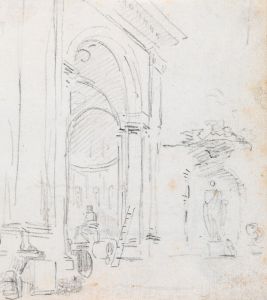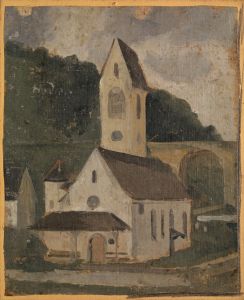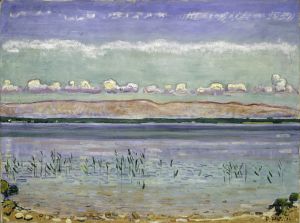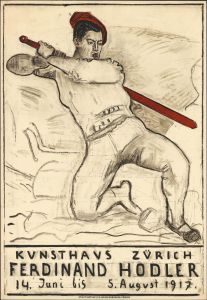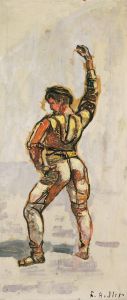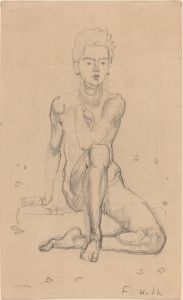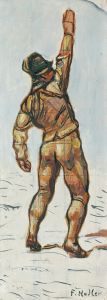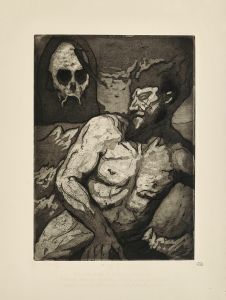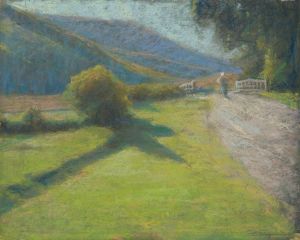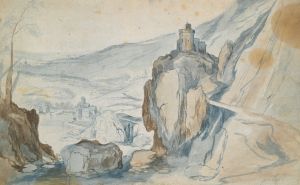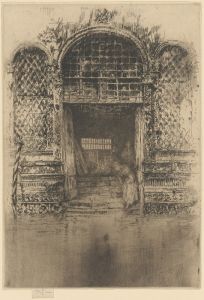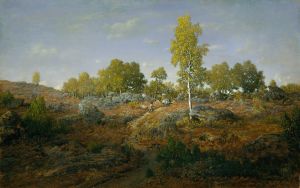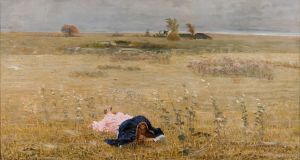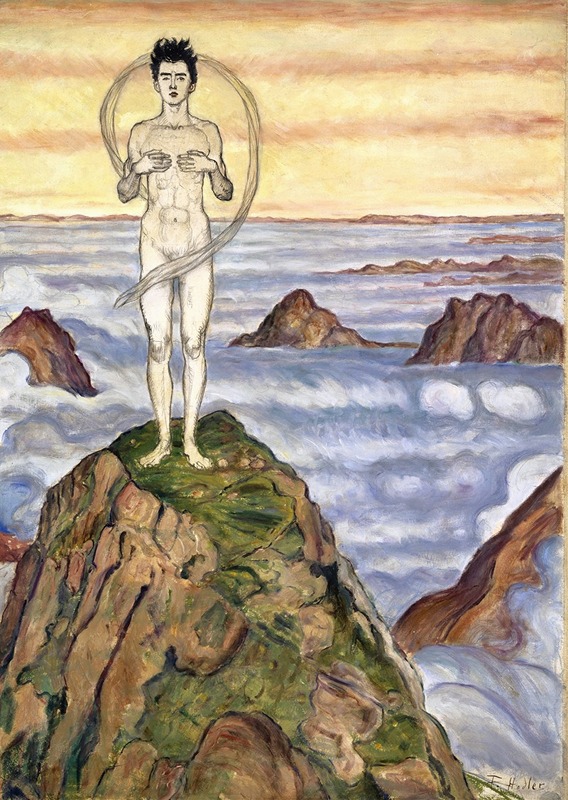
View Into Infinity
A hand-painted replica of Ferdinand Hodler’s masterpiece View Into Infinity, meticulously crafted by professional artists to capture the true essence of the original. Each piece is created with museum-quality canvas and rare mineral pigments, carefully painted by experienced artists with delicate brushstrokes and rich, layered colors to perfectly recreate the texture of the original artwork. Unlike machine-printed reproductions, this hand-painted version brings the painting to life, infused with the artist’s emotions and skill in every stroke. Whether for personal collection or home decoration, it instantly elevates the artistic atmosphere of any space.
Ferdinand Hodler was a Swiss painter known for his contributions to symbolism and art nouveau. His work often explored themes of nature, human emotion, and existential reflection. One of his notable paintings, "View Into Infinity," exemplifies his interest in these themes, although specific details about this particular painting are not as widely documented as some of his other works.
Hodler was born on March 14, 1853, in Bern, Switzerland. He faced significant personal hardships early in life, losing many family members to tuberculosis. These experiences deeply influenced his artistic vision, often leading him to explore themes of mortality and the human condition. Hodler's style evolved over the years, moving from realism to a more symbolic and expressive approach.
"View Into Infinity" reflects Hodler's mature style, characterized by a focus on symmetry, repetition, and the use of landscape to convey deeper philosophical meanings. His landscapes are not mere depictions of nature but are imbued with a sense of the eternal and the infinite, inviting viewers to contemplate their place within the universe.
Hodler's work often features a technique he termed "parallelism," where he used repeated forms and patterns to create a sense of harmony and order. This technique is evident in "View Into Infinity," where the composition likely employs balanced and rhythmic elements to draw the viewer's eye into the vastness of the depicted scene. This approach not only enhances the aesthetic appeal of his paintings but also serves to underscore the thematic exploration of infinity and continuity.
Throughout his career, Hodler was influenced by various artistic movements and figures, including symbolism and the Vienna Secession. His work was well-received in his lifetime, and he exhibited widely across Europe. Hodler's paintings often reflect a synthesis of personal experience and broader existential themes, making them resonate with a wide audience.
"View Into Infinity" can be seen as part of Hodler's broader oeuvre, which frequently sought to transcend the immediate and the tangible, reaching instead for the universal and the timeless. His landscapes, in particular, are celebrated for their ability to evoke a sense of the sublime, capturing the viewer's imagination and encouraging introspection.
Hodler passed away on May 19, 1918, in Geneva, Switzerland, leaving behind a legacy of work that continues to be studied and admired for its emotional depth and innovative approach to composition and form. His influence can be seen in the works of later artists who similarly sought to explore the intersection of human experience and the natural world.
While specific details about "View Into Infinity" are limited, the painting remains an important part of Hodler's body of work, reflecting his enduring fascination with the infinite and the eternal. His ability to convey complex philosophical ideas through the medium of painting ensures that his work remains relevant and thought-provoking to this day.





